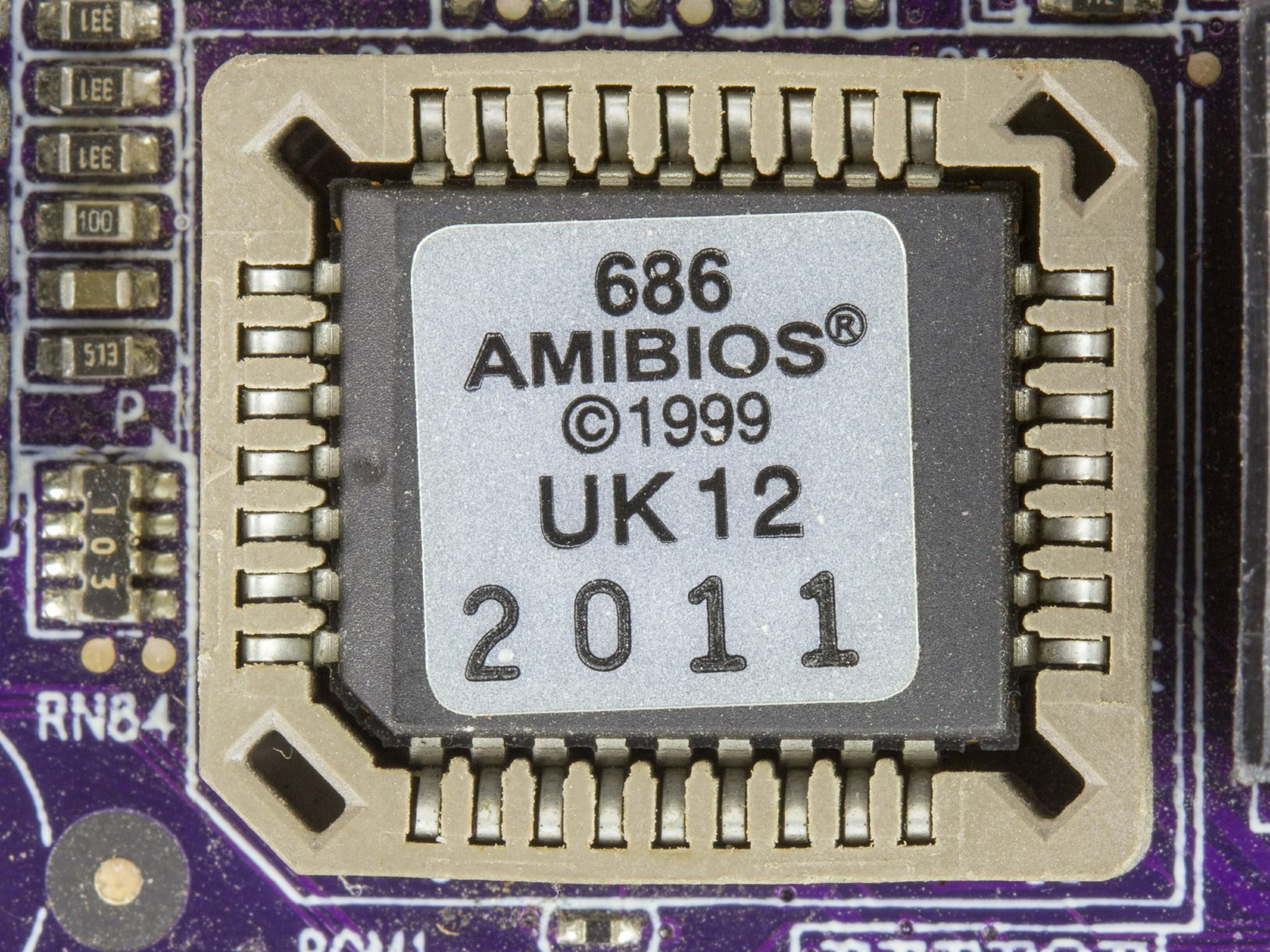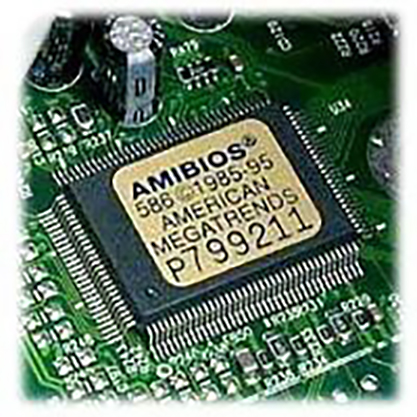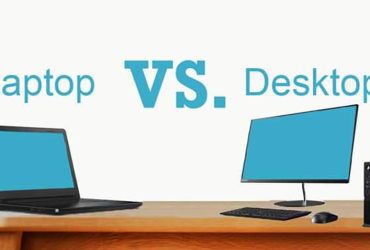This article or section needs sources or references that appear incredible, third-party publications. Let’s learn about this BIOS on the motherboard which is very important for starting the operating system.
The BIOS is a collection of programs written in a low-level language (usually an assembly language), and the BIOS is responsible for the process required to boot the computer during the period from the start of computer operation to the operating system (Windows XP / Vista / 7 / 8.81 / 10). Until the 1990s, the BIOS program was called the ROM BIOS because it was embedded in the ROM chip (Read Only Memory) that could not be rewritten.
The ROM chips included in this BIOS program are non-volatile memory types that do not require power. In other words, even if the computer is turned off, installed programs, This is the type of memory that can keep instructions intact. As a result, the BIOS can be indeterminate, whether it is software or hardware.
Usually Hardware; Software classification is not very complicated. Take a hard disk, for example. A hard disk is a hardware, but a file is a program that represents a series of instructions on the hard disk. This program is software. Users can install such software files (programs) at any time. They can be deleted. This means that the hard disk is separate from the hardware and the software in it.

ROM BIOS is no longer software and hardware separate from hard disk. Since the factory release, the ROM chip has integrated programs and instructions into one piece. They can no longer be easily separated. A device that integrates software into such hardware is called a FIRMWARE. So the BIOS is firmware.
Programs in the BIOS
It is well known that a BIOS is a set of programs built into a ROM chip. There are four types of programs that can be used to differentiate between the functions of a computer, from the time it was started to the time it was launched until the operating system was launched.
1. POST (Power On Self Test)
POST refers to the processor; memory chipset graphics card hard disk A program that checks if a computer component, such as a keyboard, is working properly.
2. Setup Program
The Setup Program is a menu-driven program that allows you to enter a program and enter a date/time password, You can adjust the boot order and other settings as needed. The settings we modified are saved on CMOS RAM. Every time I turn on the computer, I read the settings in the CMOS RAM and boot.

3. Bootstrap Loader
The main function of a program called Bootstrap Loader is to find the operating system and the latest function of the BIOS. Bootstrap is code that is only half a dozen lines long at the end of the POST program. When the POST Test completes its process, it transfers it to Bootstrap. Bootstrap then searches for the OS (eg Hard Disk, CD / DVD) as instructed in the BIOS setup. Once the boot sector contains information related to the OS, the rest of the process is transferred to the OS.
4. Device Driver
In the BIOS, the basic components needed to get a computer up and running are the Hard Disk, keyboard VGA Includes drivers for USB ports. Other hardware that is not related to the computer process, such as printers, scanner Drivers for sound cards are stored on hard disks and can only be downloaded from the OS when the computer boots.
















